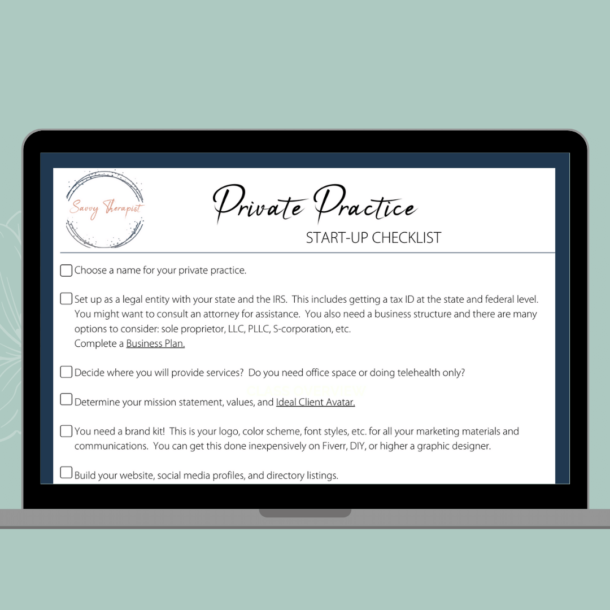Note: This blog post may contain affiliate links. If you use a link and make a purchase, I may receive a compensation at no cost to you. If you enjoy reading the blog, using affiliate links is one way to help me make enough to support the cost of running the blog and providing content to my readers.
We are living in uncertain times and that is no secret. Many of us have been forced to redefine our businesses and make adjustments to ensure our businesses stay afloat when money gets tight. As a blogger, business owner, and executive I’ve had to make several financial decisions to make sure business is sustainable. If you need some ideas on how to cut expenses and pivot your business, stick with me. I am going to share what I’ve done to make sure my business moves forward despite the odds.
These are scary times. Some small businesses and entrepreneurs have closed, lost revenue, and have uncertain futures. Many business owners have a need to completely pivot and reinvent themselves in order to keep money coming in. If you aren’t doing business online, you might want to consider it! Those of us with online businesses are positioned well to succeed despite the changing economy. Check out the tools, I use in my online business if you plan to start or need to pivot into it.
Do You Know Your Expenses?
One of the most important things to keep in mind is how much your business costs to run. This is referred to as overhead expenses. If you don’t know what you are paying for, it is difficult to determine your bottom line. The first thing to go should be expenses you can live without in your business. Truthfully, this should be evaluated on a regular basis. However, many fail to revisit it often enough. Having a financial crisis is definitely a strong motivator for eliminating unnecessary expenses!
In my business, I have a document that lists all my business expenses each month. I started there to figure out how I could lower expenses to stay afloat. This blog is one of three businesses I run and operate, and each had their own list of expenses to go through and adjust. I am going to stick to the adjustments made in my blogging business as it is likely most relevant to my readers. If you need a tools and resources to manage your online business that includes financial tools, among many others check out my online crash course All Things Trello For Business.
I use Live Plan to help me prepare financial projections, determine my profit/loss, and see where money is being spent in my business. Live Plan offers a free-trial, so now is a great time to start planning and projecting for your business if you haven’t done so already.
How Are Sales and Revenue?
At present, has your revenue increased, decreased, or stayed the same? Knowing your income will give you the best idea of how to adjust expenses to save money. Even if your income is increasing, you can still benefit from reviewing your overhead expenses and eliminating anything unnecessary.
If you have experienced a sudden decrease in sales or they have stopped altogether, it will be even more important to analyze areas where you can save. You might also need to evaluate ways to pivot your business and get money coming in!
Pivoting Your Business
If your offers are no longer selling, you might need to pivot and offer something else. This is most often true if you are selling a product/service that is discretionary, considered a luxury, or for entertainment purposes. In these cases, you might consider ways you can serve by quickly creating a new offer. For example, a prominent business that makes hats and headbands decided to pivot and begin making cloth face coverings to protect consumers and provide a product being recommended for all citizens during a global pandemic.
Let’s say you sell expensive flagship courses online and have seen revenue decrease in recent days. Consider creating a lower end offer to help create additional revenue while your primary/larger offer is harder to sell right now due to economic circumstances. Focus on quick wins you can make happen without taking too much time.
What Are The Absolute Essentials?
After you know what tools you do use and your overhead expenses, then consider the absolute essentials. Consider cutting out any expense that is not necessary or not being utilized as intended. Are there free alternatives for products/services you are currently paying for?
For example, I reviewed various products I pay for including my email marketing platform, course platform, software subscriptions, and social media posting tools. I determined which of these I was using and getting the best value. Then I considered my ability to run the business without the tool or service. If I found the tool wasn’t needed, I eliminated it. For tools I couldn’t do without, I researched more inexpensive alternatives.
In the end, I found a few ways to reduce my overhead expenses. I transitioned to a less expensive email marketing platform. I eliminated third party social media tools in favor of using free tools available with a few less features I could live without for now. I evaluated course platforms and decided that though I could find a lesser expensive alternative, it wasn’t worth the extra work to make the switch at this time.
How Long Can You Stay In Business If Revenue Takes A Nosedive?
With any luck, you have some money saved up to fund at least six months of business expenses. But the reality is many start-ups struggle to make end’s meet at first. Be honest with yourself and determine how long you can continue to operate if you lack revenue to meet your typical overhead expenses. The answer to this question determines how aggressive your actions need to be right now to ensure your business survives an economic downturn.
Hopefully, these tips help you assess the viability of your business in uncertain times.
You Might Also Like
Six Tips For Staying Productive And Positive During Social Distancing
Business Resources For Uncertain Times



Recent Comments